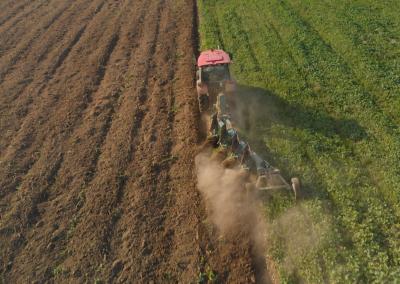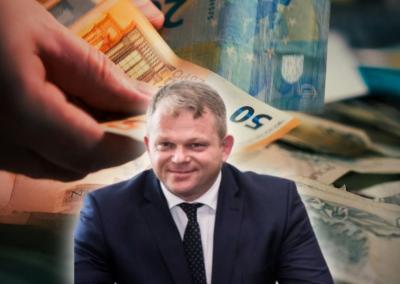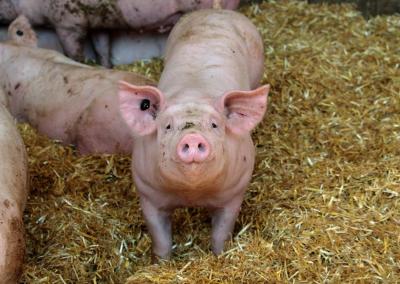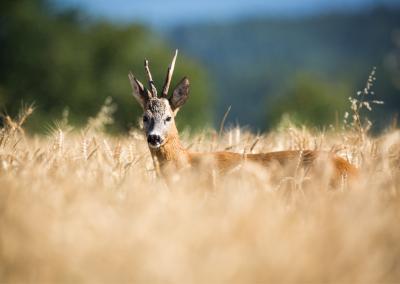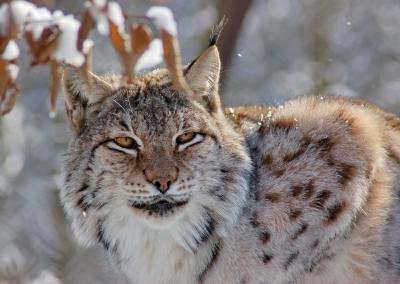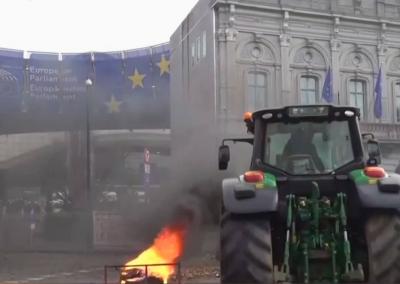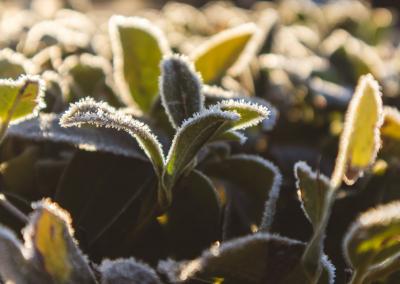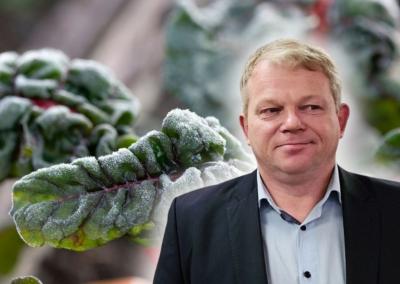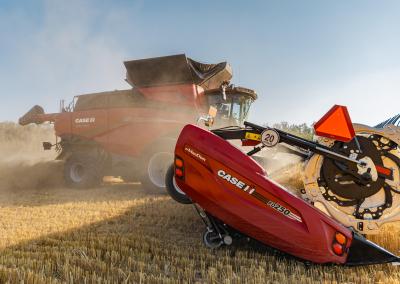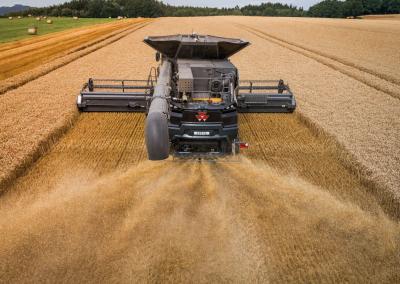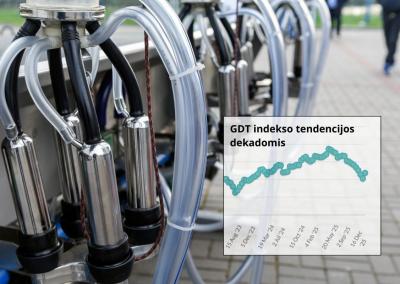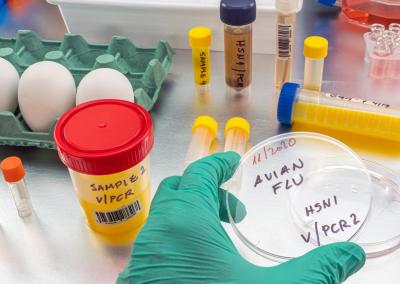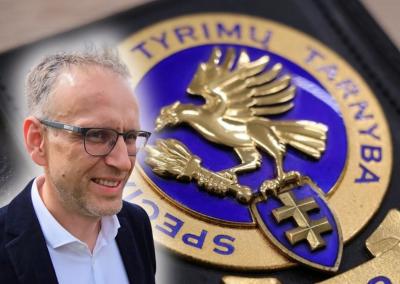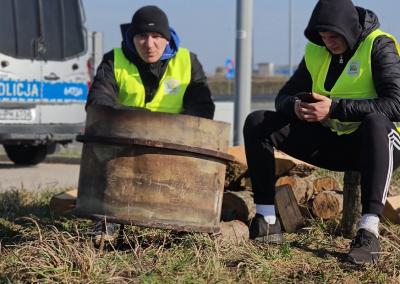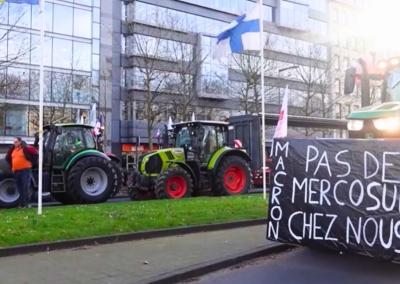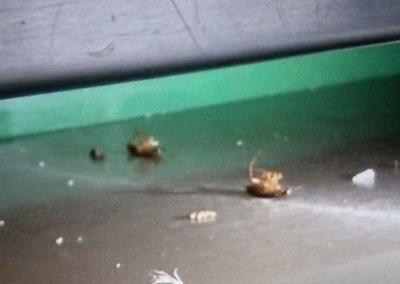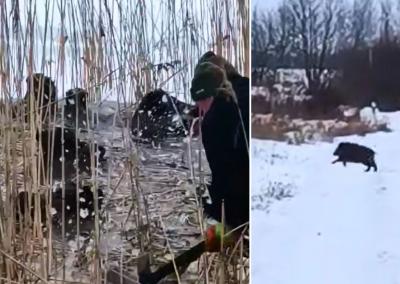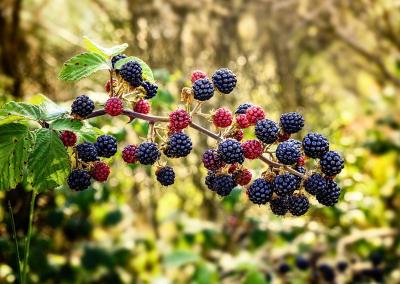Removing strawberry whiskers in June
The strawberry moustache has been seen and is known by all growers. The exception is the moustacheless strawberry varieties. Strawberry whiskers are the shoots that the plant grows to reproduce and the whiskers continue to spread throughout the strawberry bed. Therefore, whiskers are often used for efficient berry propagation in order to maintain the valuable characteristics of the variety.
Why remove strawberry mustaches
If the grower is not interested in propagating his own strawberries, he will need to cut off these whisker shoots so that the strawberry can focus its energy on ripening the crop and not on forming unnecessary above-ground green mass. Otherwise, the strawberry will give up a lot of energy, moisture and nutrients to the formation and development of the tendrils, which will result in a weaker and smaller crop.
Leaving the whiskers at the number and length at which the strawberry has grown them will reduce the weight and number of berries per bush each year. These strawberries taste less good than those picked from tended bushes with the shoots removed. Beds that have been cut back will look neglected and untended, and will quickly develop fungal diseases and pests.
In addition, the moustache removal procedure will help prepare brushes for overwintering. After all, insect pests and pathogens remain overwintering on the whiskers, just as they do on the old leaves, which will also need to be removed. Leaving the tendrils for the winter will therefore help the infection to overwinter there and attack the seedlings with renewed vigour in the spring.
Removing strawberry whiskers will rejuvenate the plant, encourage it to continue to grow and develop, help new young foliage to form, improve photosynthesis, and have a very positive effect on flowering and berry set.
When to remove strawberry mustache
It is important for every strawberry grower to take into account that strawberry whiskers form twice a season:
• during flowering (May) and at the beginning of fruiting (June, depending on weather conditions);
• the second time strawberry whiskers form is at the end of July or the beginning of August.
Not all gardeners have enough time to look after their plants during the strawberry flowering and fruiting period. Many people postpone the whisker removal procedure until later.
However, if you want to get a good crop of tasty berries, it is recommended to remove the moustache earlier, before the strawberries are ready to harvest, during the strawberry's active growth period. At this time, the bushes are still planning the distribution of their nutrients to the shoots, leaves and berry formation. If you start removing the whiskers at this time, there is a good chance that the strawberries will direct their energy towards flower development and the future harvest: the bushes will be taller and the berries will be bigger and sweeter.
But it is not worth ignoring the second period of strawberry whisker removal, which takes place in July and August. The whiskers are stronger then than in May-June, so removing them should not be a crude hand-pulling exercise - pulling the whisker risks accidentally pulling the whole bush out of the ground, which could kill it. It is important to cut the whiskers with a sharp and clean tool.When removing strawberry whiskers, disinfect the tool with rubbing alcohol or other liquid to avoid inadvertently transferring the infection from a diseased strawberry bush to a healthy one.
You only need to take a closer look at your strawberry bushes to know when it's time to prune. When you see that the strawberry bush has grown a moustache and has leaves and a scrotum at the end of it. If the moustache is not removed, the scrotum will take root and develop on its own.
If you notice that your strawberries have started to sprout shoots, it is time to start removing them. And don't forget the timing of whisker removal above (June or July-August).


